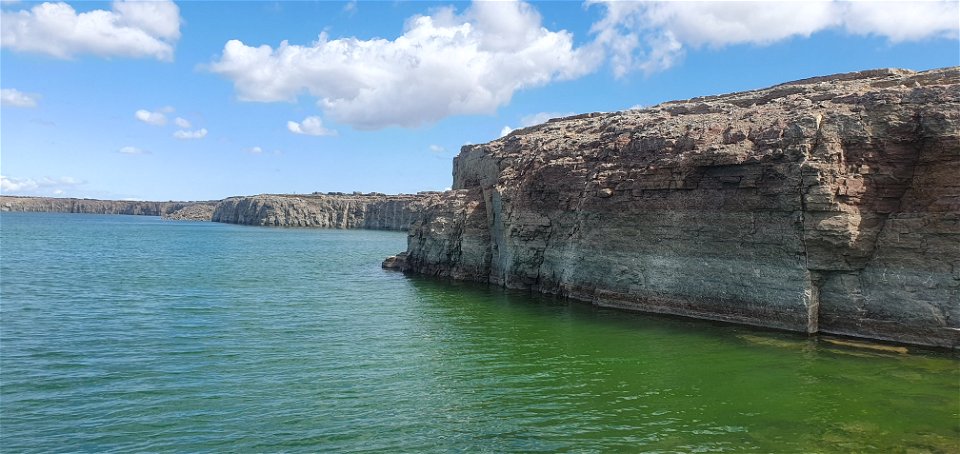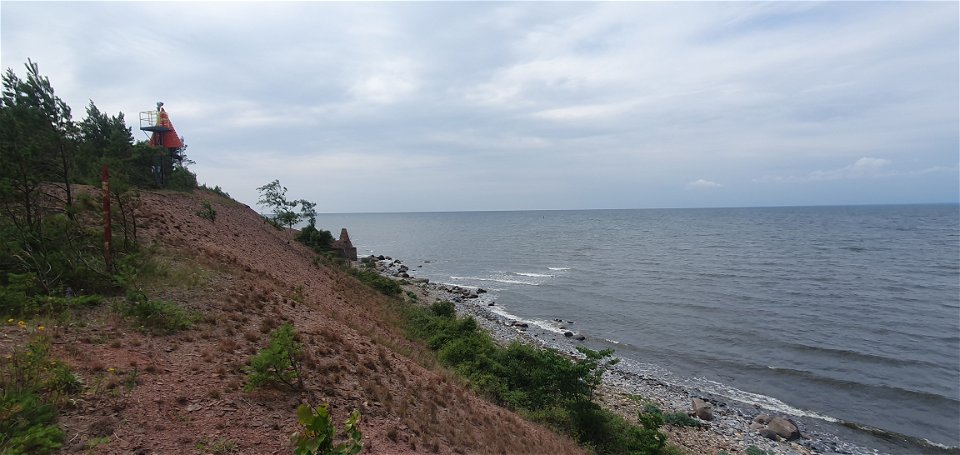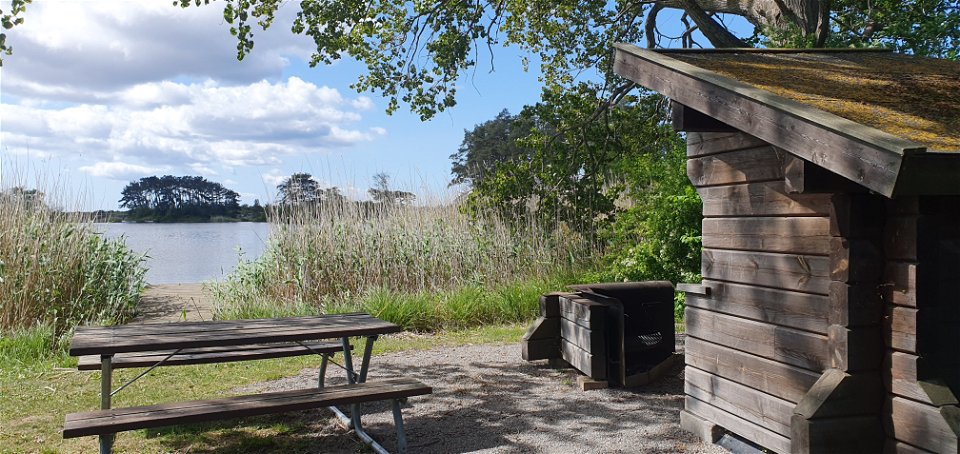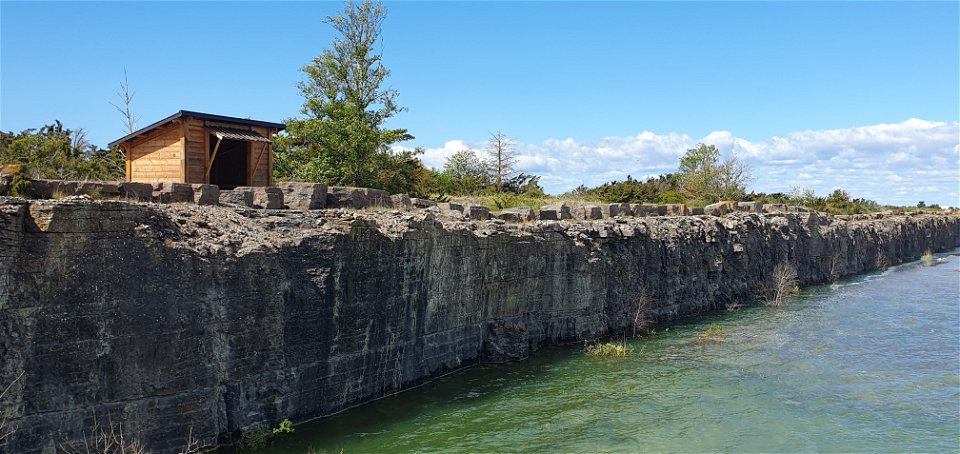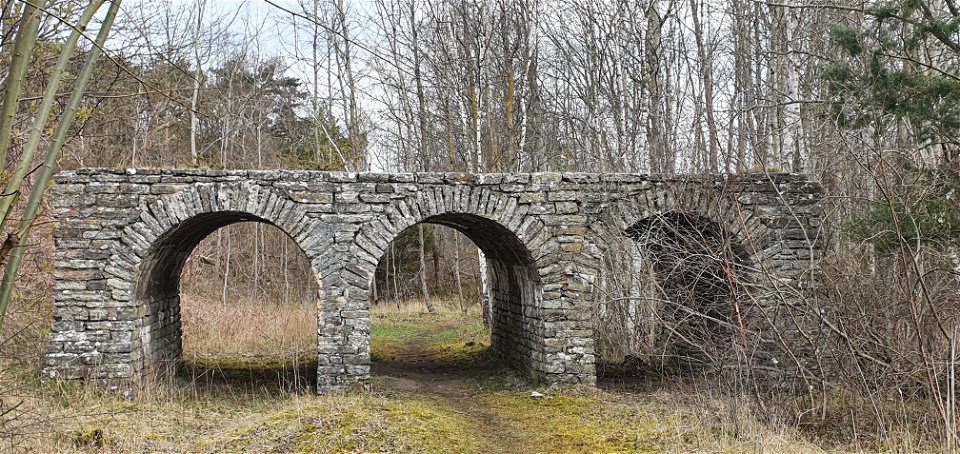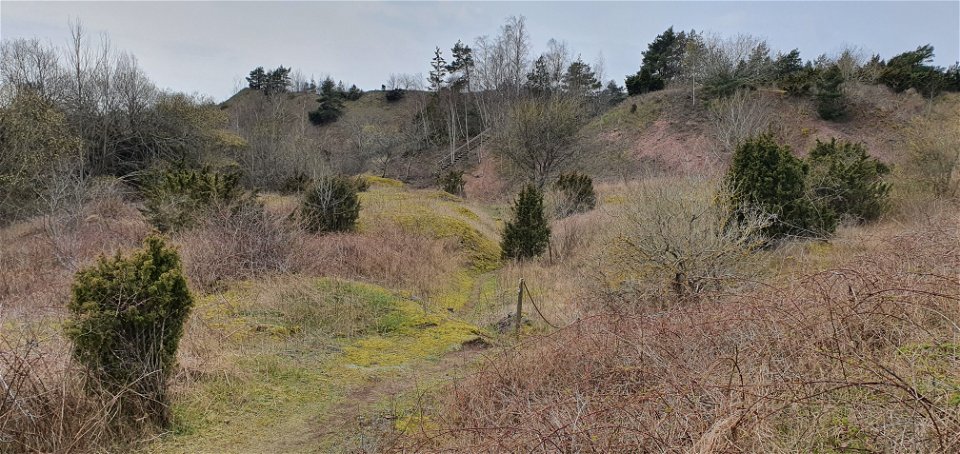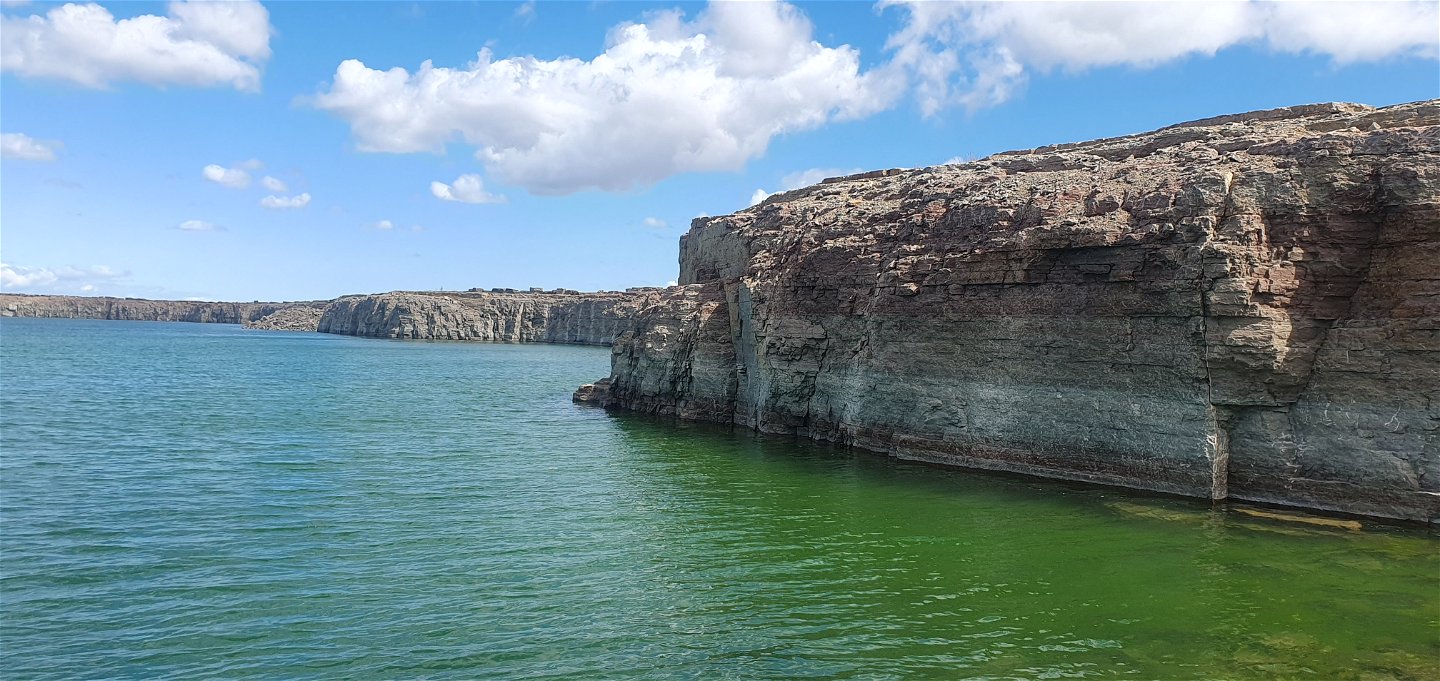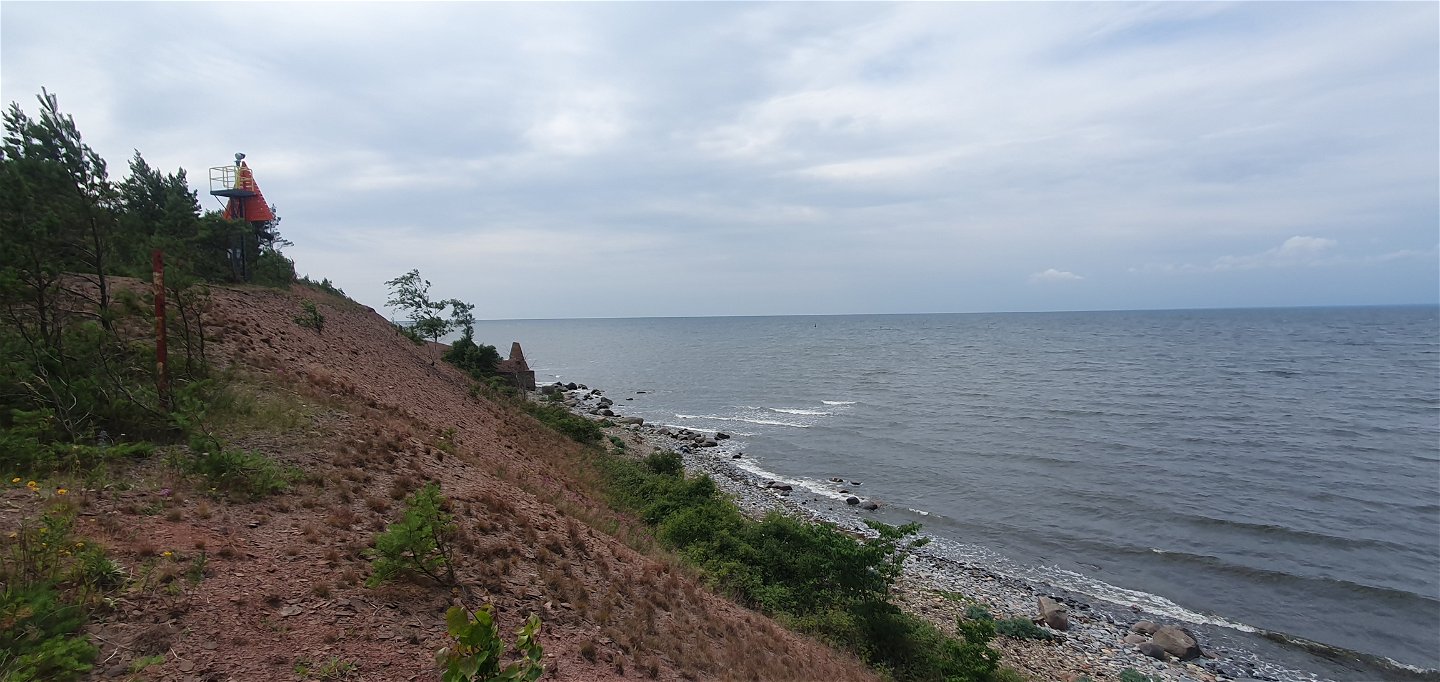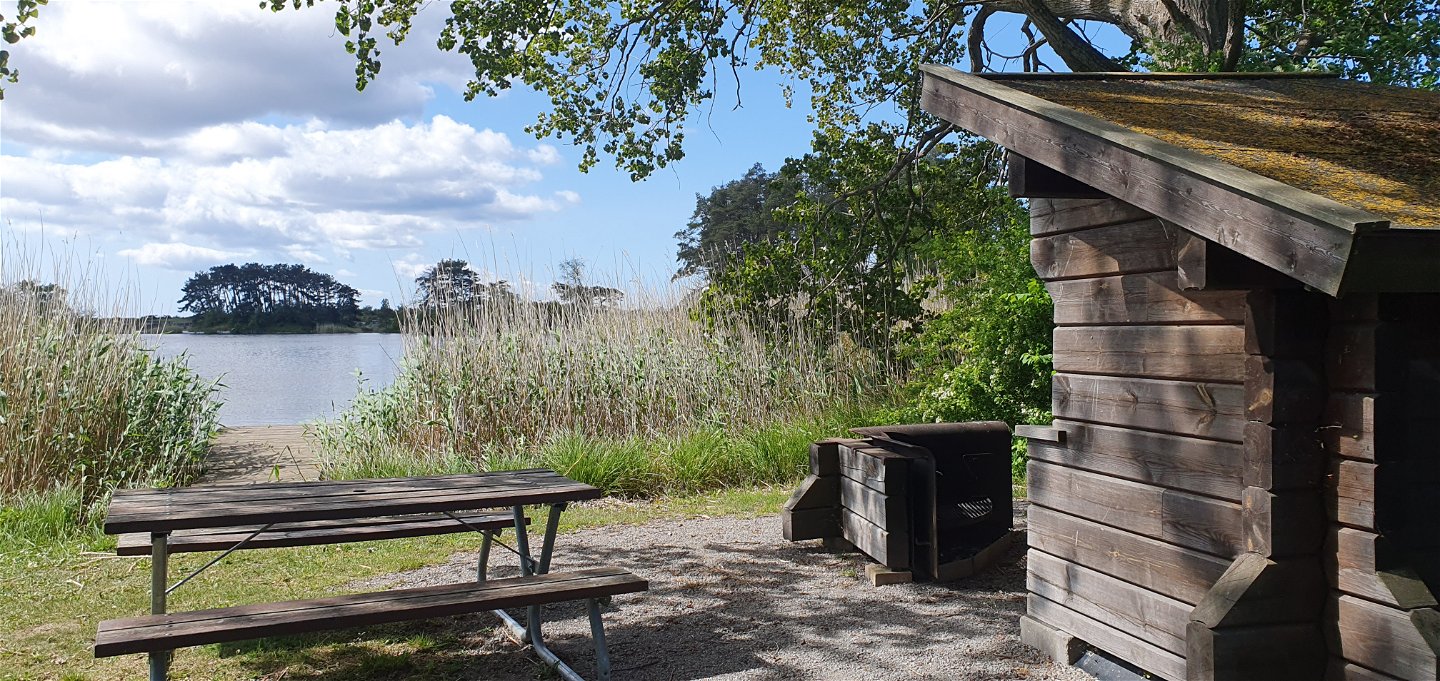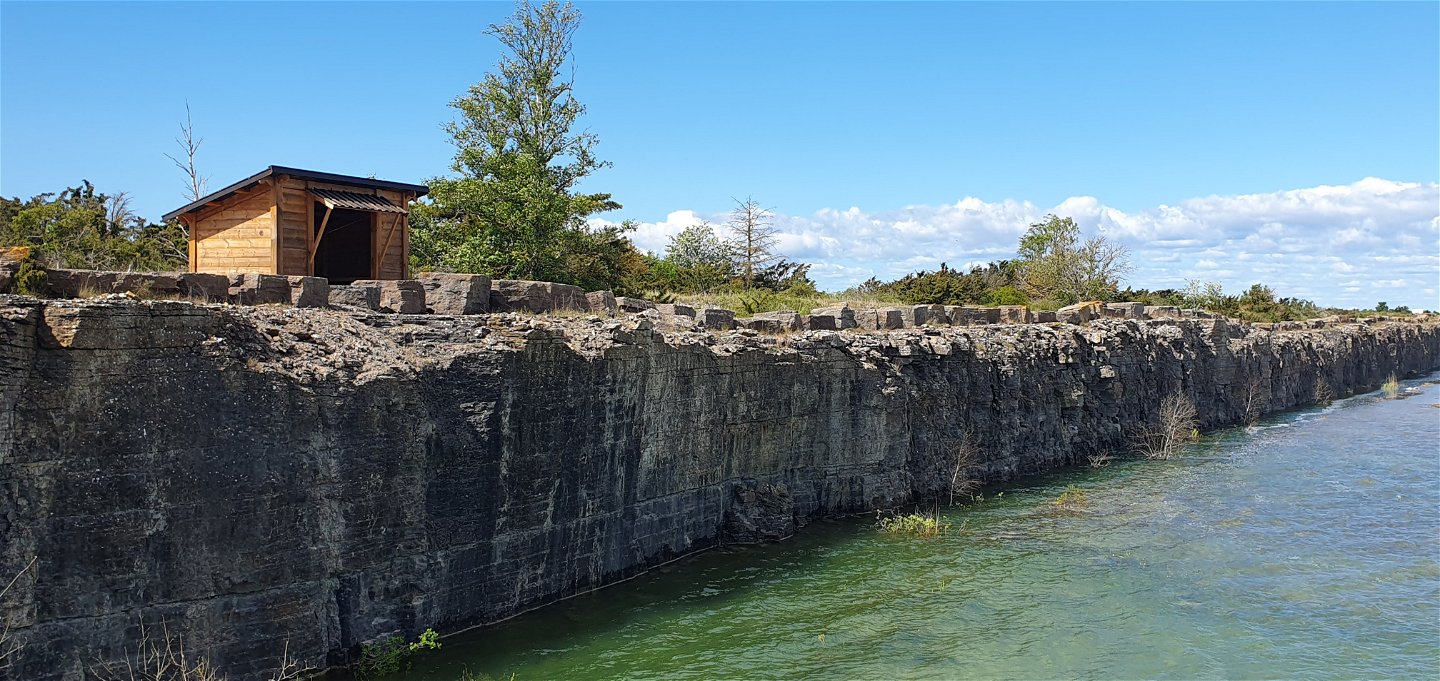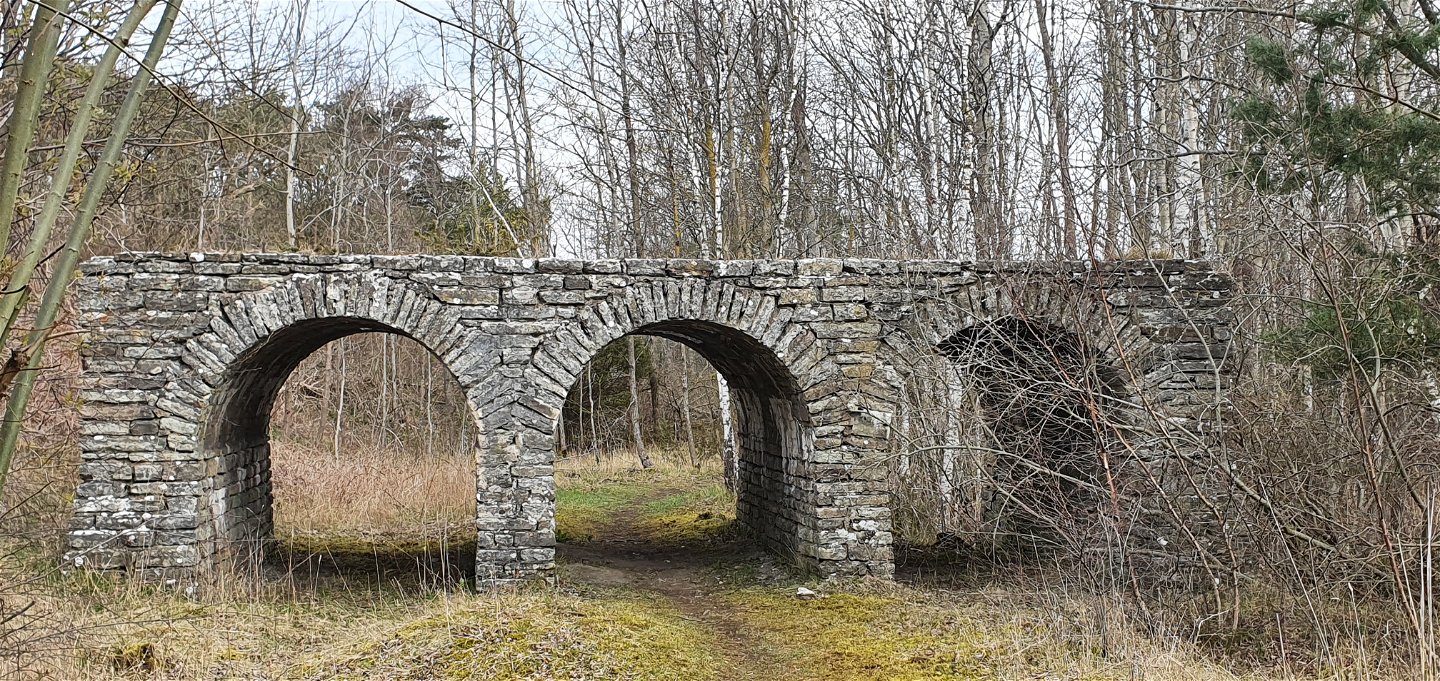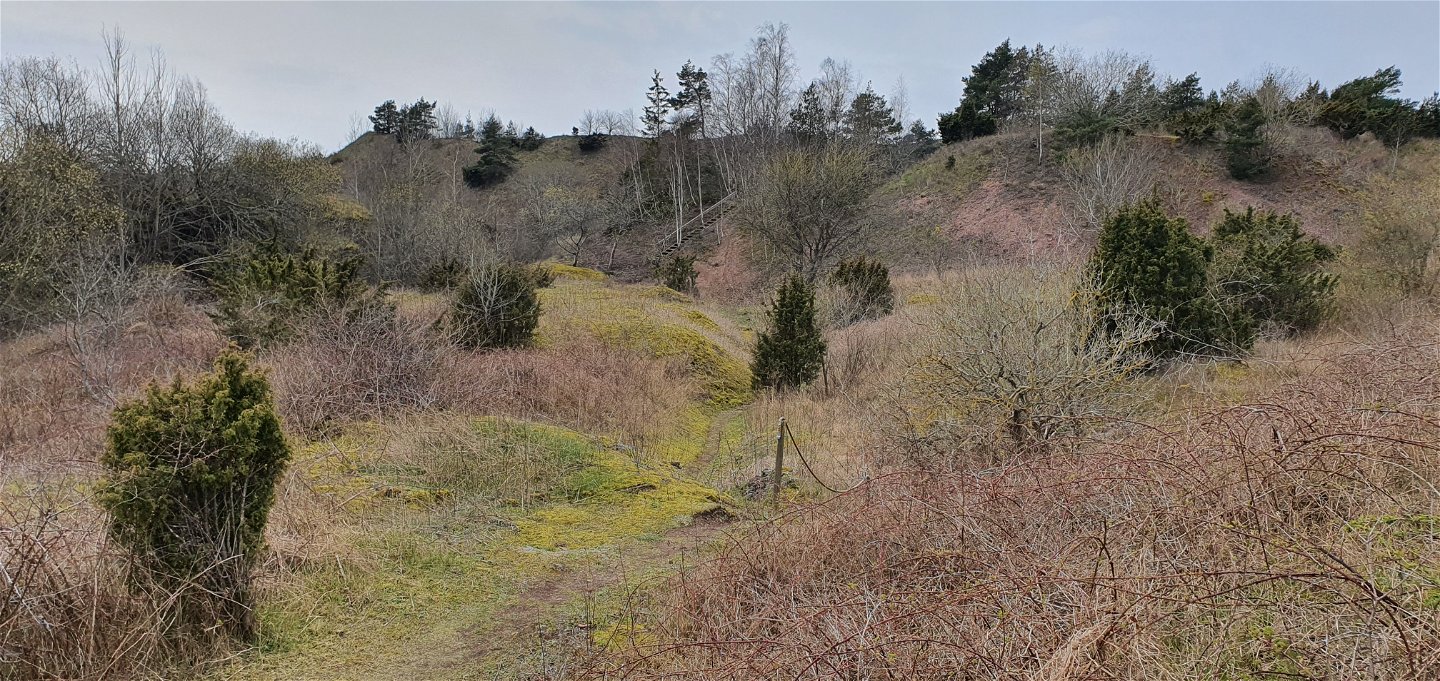Bergstigen och kalkbrottsleden
Hiking
- County: Kalmar län och Öland
- 6924.28 km away from you
Trail details
- Length 6.0 km
Actions
Description
The Bergstigen is a 6 km long cultural heritage and nature trail through varied and beautiful environments, characterized by the 300-year-old stone industry in Degerhamn.
The trail winds past lime kilns, loading docks, large slag heaps and other very powerful remains from the stone industry, which today have been enclosed in and become part of nature. Along the path you can study the Linné wall which Carl von Linné (Carl Linneaus) visited in 1741.
Right next to Kalmarsund is Södra bruket, which is a very well-preserved mill environment from the early 19th century. Back then, alum production was in full swing here and you can see old workers' housing, the mill and the forge.
In the undulating landscape among the mill ruins rises a tall chimney, visible from afar. Here there is an exhibition area and a geological garden. The hiking trail continues along the beach up Stora alvaret.
Here the trail turns into the Kalkbrottsleden where an older, beautiful limestone quarry is passed and takes you on to the larger, recently closed limestone quarry. A nice natural area that is slowly being filled with water.
The mountain path is managed by the Södra Möckleby Hembygdsförening and is marked with red arrows, the lime quarry trail is marked with orange-painted stones.
Activities And Facilities
-
Hiking
Facts
Manufacture of lime, alum and cement
In 1723 the first alum mill was started in Degerhamn, in 1804 the second; Öland's alum mill. Alum was used in the textile industry, in the tanning of skins, the production of paper and for medical purposes. Slate was quarried on site. In the 1820s, over 300 men, women and children worked at the mill.
In the 1880s, lime works were established. Lime was produced by burning limestone in large kilns - in Degerhamn near Bergstigen there are long rows of old field kilns, more or less overgrown. The oil-rich alum shale was used as fuel in the kilns. Limestone was quarried nearby.
One of the first cement factories in Sweden was built in Degerhamn in 1886, Ölands cement AB. Better known in our time is Cementa AB, now Cementa Heidelberg group. Large-scale production ceased in 2019. So-called microcement is now produced on a smaller scale.
The industrial environments in Degerhamn are an important part of the history of Sweden, Kalmar County and Öland.
Contact
Address
Email address
Matheus Tholin
Organization logotype
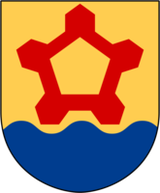
Please be aware that some of these texts have been automatically translated.
Questions & Answers
Ask a question to other Naturkartan users.

